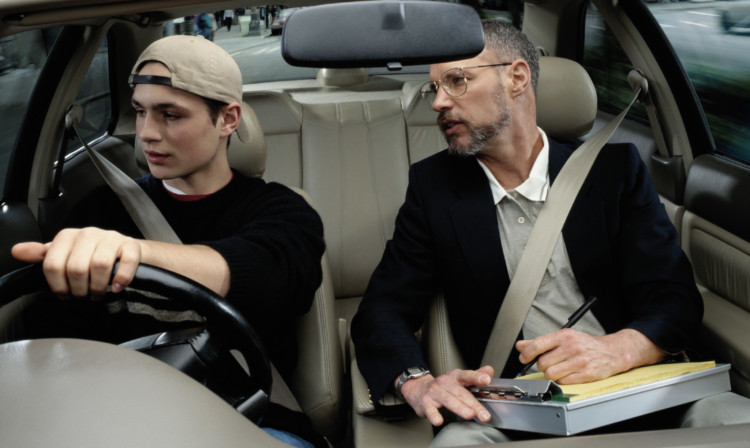
Fury has erupted after it was revealed nearly 200 lags a year are let out of jail for driving lessons, some funded by the taxpayer.
Critics have branded the country’s prison system “crazy”, after it was revealed hundreds of inmates are being sent out on the roads, while still serving a prison term.
Shocking figures show that in 2013, 190 prison inmates took lessons or tests with driving schools contracted to prisons.
Ministry of Justice bosses said lags pay for their lessons but there are exceptional circumstances where establishments may pay some of the costs if it is considered integral to the offender’s rehabilitation.
Meanwhile some inmates have received free HGV driving lessons funded by charities. The figures were uncovered through a parliamentary question by Philip Davies MP.
He said: “Prisons are places where persistent and serious offenders are sent to be punished for their crimes.
“It should not be the place to have driving lessons at the taxpayer’s expense.
“This is just another example of the soft justice we have in this country, which is why so many people have lost faith in the criminal justice system.”
When The Sunday Post asked how much public money had been spent giving inmates lessons, the Ministry of Justice said it could not provide figures.
Andy Silvester, campaign manager at the Taxpayers’ Alliance, said: “Transparency must be the watchword whenever a penny of taxpayers’ money is spent so the Department needs to come clean.
“Ordinary, law-abiding members of the public will rightly be angry if prisoners are being given driving lessons on the country’s credit card, especially as many outside prison gates cannot afford them.”
The revelations come after it emerged inmates at Standford Hill open prison in Kent were being sent on HGV driving and forklift truck courses to stop them offending when freed.
Funding for the lessons comes from charitable donations, including from the Royal London Society and the Salvation Army, and has to be paid back once jobs are found.
But nearby residents condemned the courses as a “slap in the face of the ordinary, hard-working person”.
But Andrew Neilson, director of campaigns at the Howard League for Penal Reform, said learning to drive was a key way to stop prisoners re-offending.
He said: “It would be rare in our experience for the prison service to actually pay for lessons.
“By and large it is prisoners paying for them out of their own pockets. It is a good thing. Driving as a skill is key to employability.
“There are many jobs you can’t do without being able to drive and employability and having a job are key ways we can ensure people who have committed crimes do not go on to commit more crimes.”
A Ministry of Justice spokesperson said: “Only prisoners who pass a rigorous risk assessment can take driving lessons, which they are expected to pay for themselves.
“Our priority is to rehabilitate prisoners and driving lessons can help them secure work on release so they do not just return to a life of crime.”

Enjoy the convenience of having The Sunday Post delivered as a digital ePaper straight to your smartphone, tablet or computer.
Subscribe for only £5.49 a month and enjoy all the benefits of the printed paper as a digital replica.
Subscribe